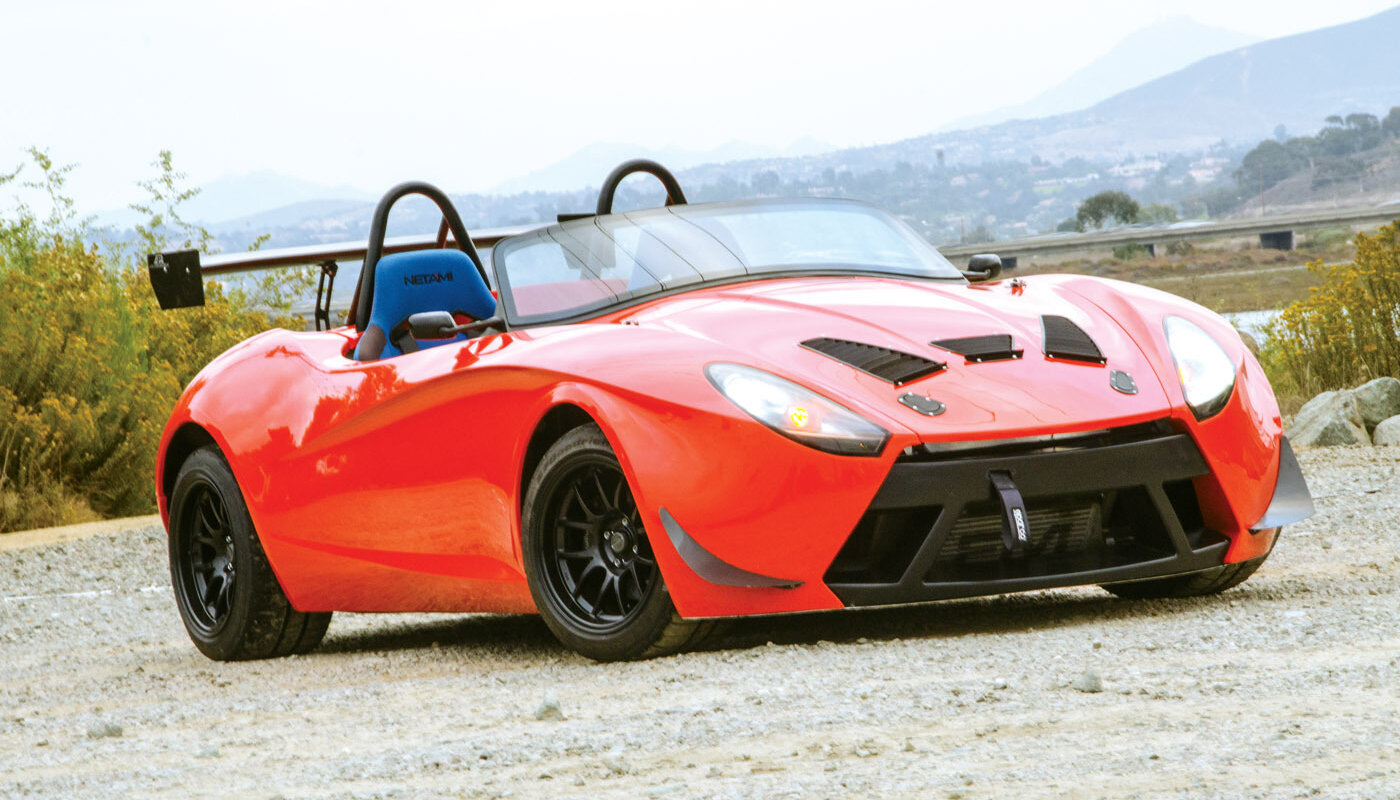
Turbocharged Bauer Ltd. Catfish autocrosser
Story and Photos by Steve Temple
When you use a Miata donor as the foundation for a performance car project, what comes next after shaving off several hundreds pounds with a lightweight body? Bolt on a Flyin’ Miata turbo, of course! Once installed on a Mazda 1.8-liter four banger, this power adder delivers more than 250 horses. And that’s in a car that weighs only 1,750 pounds (more than 800 pounds less than a stock Mazdaspeed turbo Miata). So now what you’ve got is a featherweight fighter with the punch of a middleweight contender.
That’s the training regimen that Julien Brandt put his 2003 Miata through, and then some. He came across a parts car and was able to sell off various unneeded items, which nearly covered the cost of all the performance upgrades that he installed.
The result is one hot corner-carver for autocrossing every month with the SCCA and BMW CCA. Julien also does a track weekend at least once a quarter at various road courses in the West. Looking back on this performance project, what’s his overall take on the Catfish?
“It’s been a long but fun and rewarding journey to continually try and dial in the car and hone my driving skills,” he admits. “The car has been continually improved with lots of testing and tuning.” Some of the upgrades include going from 8- to 11-inch-wide wheels, plus an array of tires and suspension setups.
Julien has played with different engine management systems as well. “I recently ditched the Hydra Nemesis EMS and got the MegaSquirt3 PNP Pro,” he notes. “At the same time, I added a larger fuel pump and converted the car to E85 full time.” The latter is a smart choice on a turbo engine not only because ethanol has a higher octane rating that’s more resistant to knocking, but it also adds about 30 hp to the output.
As with most project cars, it’s a work in progress. Julien admits that his Catfish is still very challenging to drive at race speed. “It has a lot of throttle oversteer,” he admits, citing the rear-wheel drive, light weight (especially in the rear), and gobs of power. Not only that, it has turbo lag, no ABS, a short gear ratio, no traction control or other modern technology. And the suspension is still being sorted out. (So what’s your point, Julien? It sounds like loads of fun!)
“That said, I think all this has caused me to become a better driver in a shorter amount of time,” he says. “It’s forced me to learn to be delicate with throttle modulation, quick to respond to snap oversteer, sensitive to rev matching and brakes locking up. It’s put me in my place on countless occasions.” Luckily that was primarily at autocross in the early days, and a spin only meant plowing through a few cones.
Now, the car is at a point where it’s very competitive, and he’s often able to place within the top few times of the day in a field of 100-plus cars at autocross. Sounds like he’s landed one wild Catfish.
The Lowdown on Layup
Right after going for a thrill ride in Julien Brandt’s Catfish, we stopped by the shop of Cord Bauer, designer and builder of the Catfish. He shared a few pointers on how he handles various aspects of composites in both his molds and completed parts. He uses both Kevlar and carbon fiber as both structural and aesthetic elements.

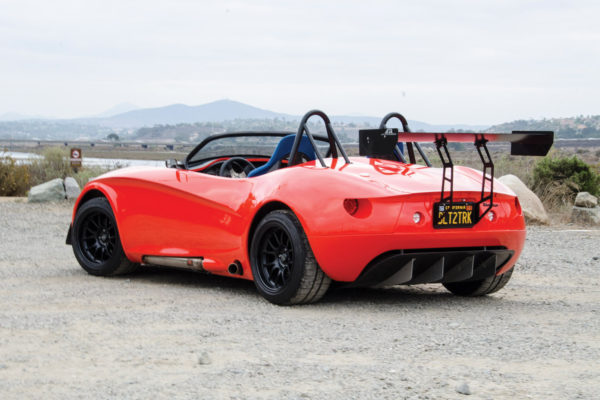
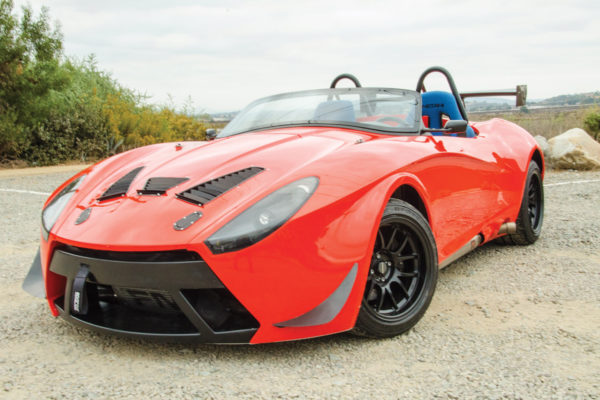
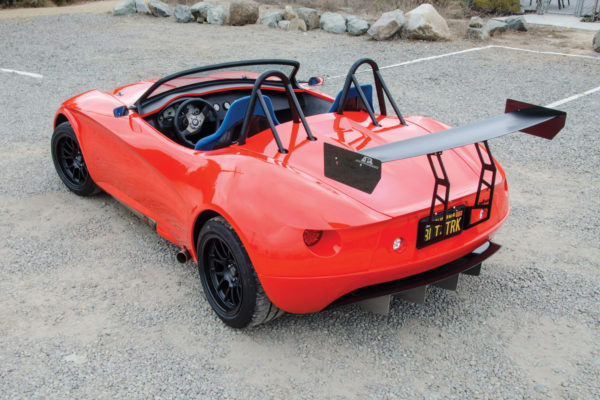
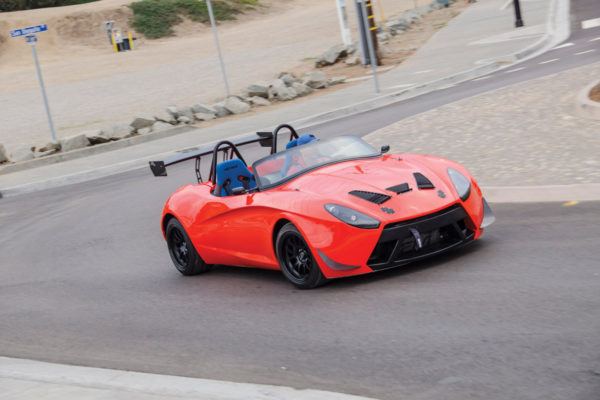
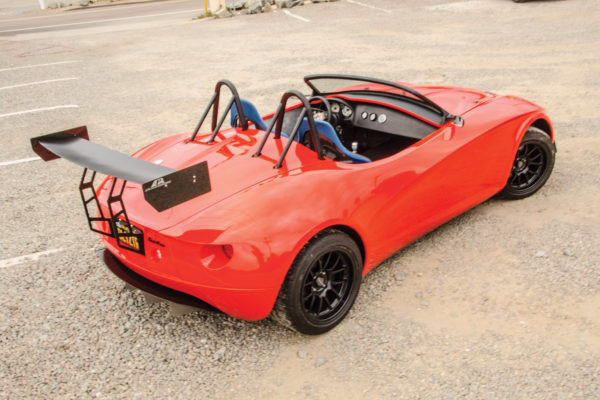
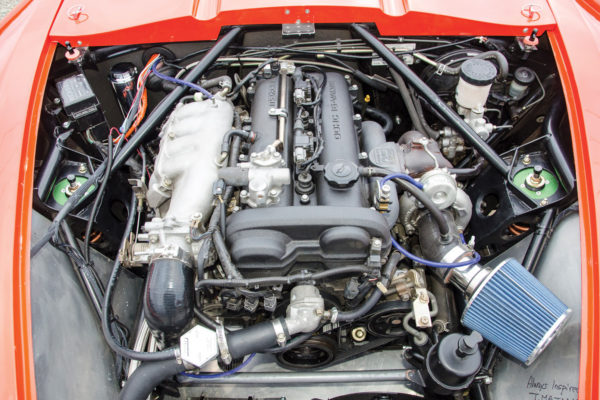
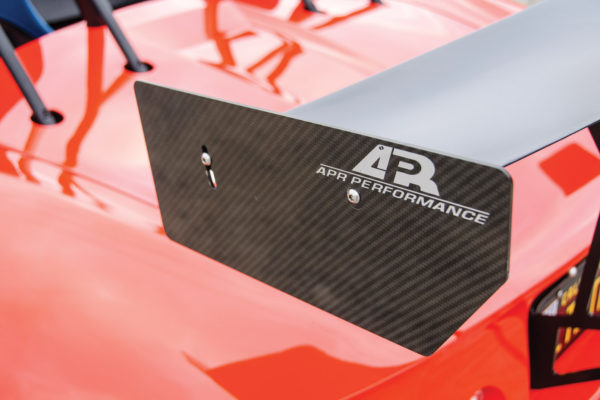
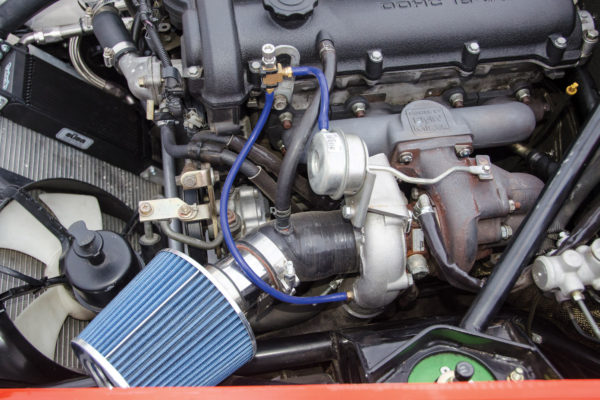
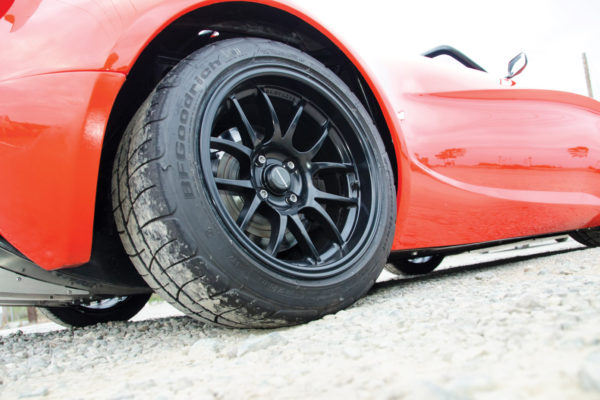
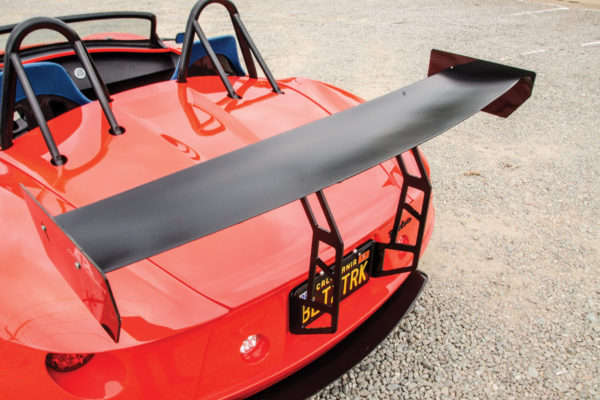
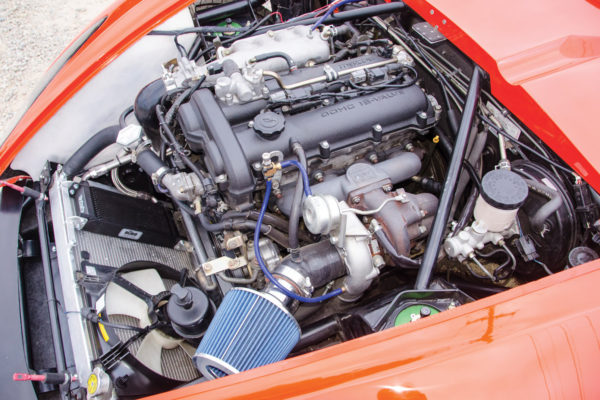
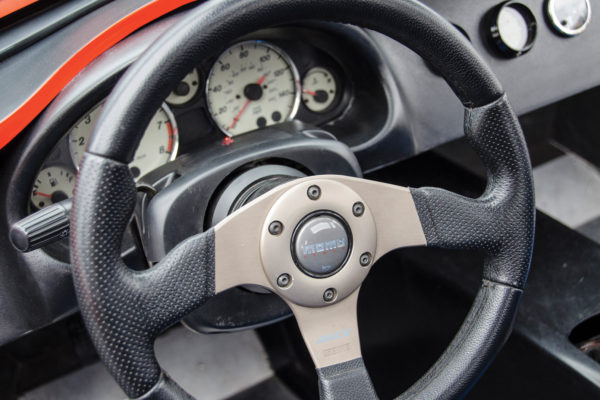
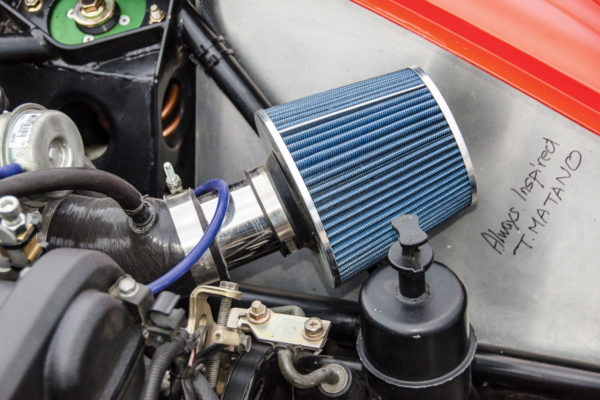
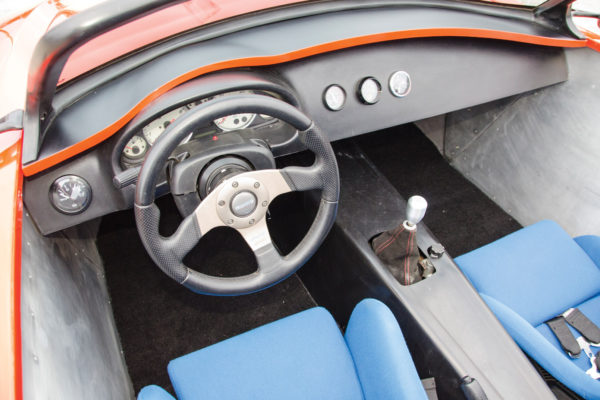
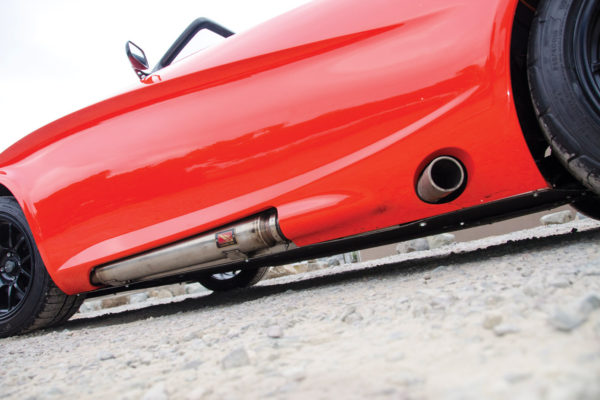
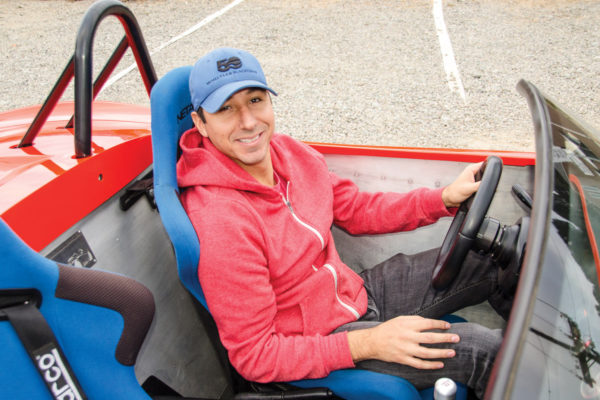
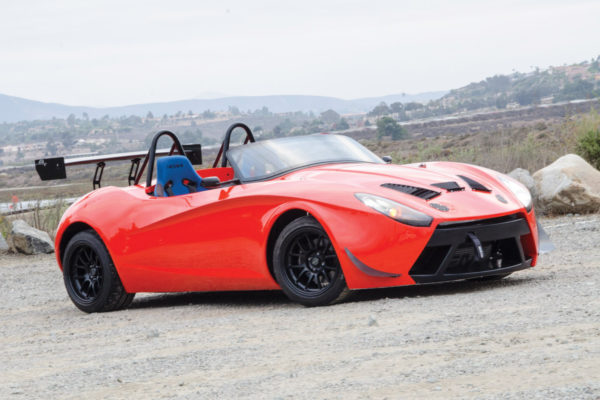
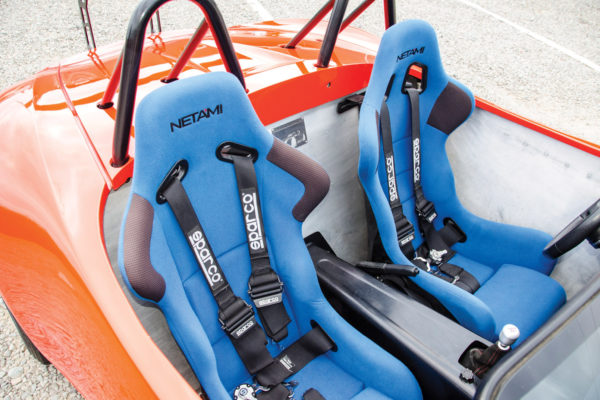
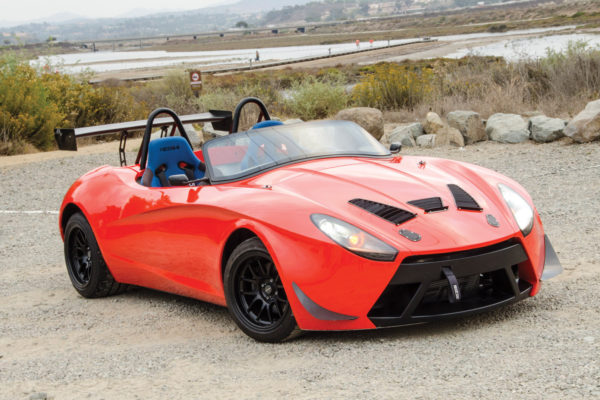
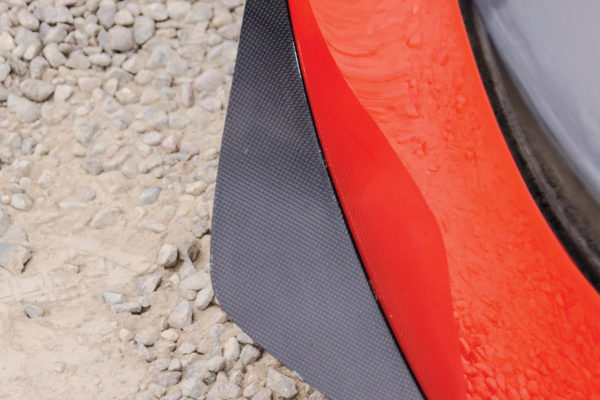
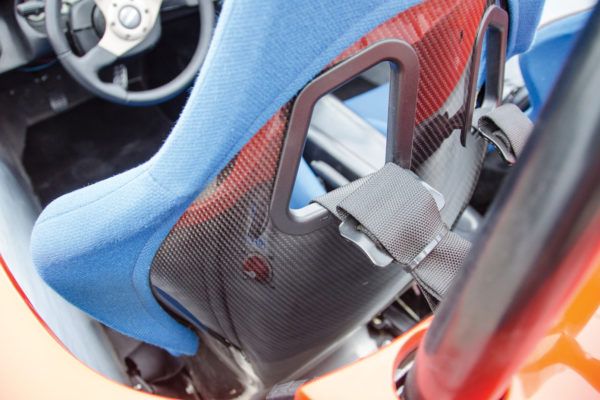
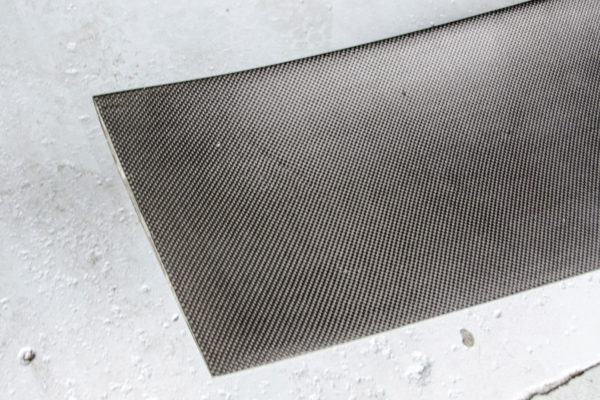
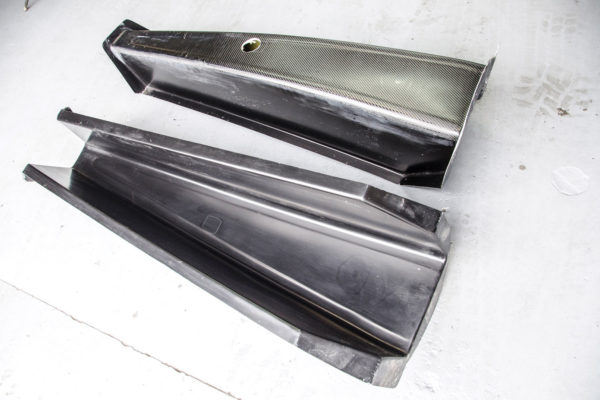
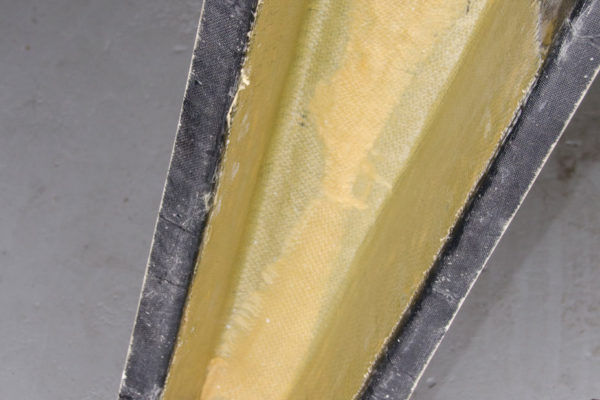
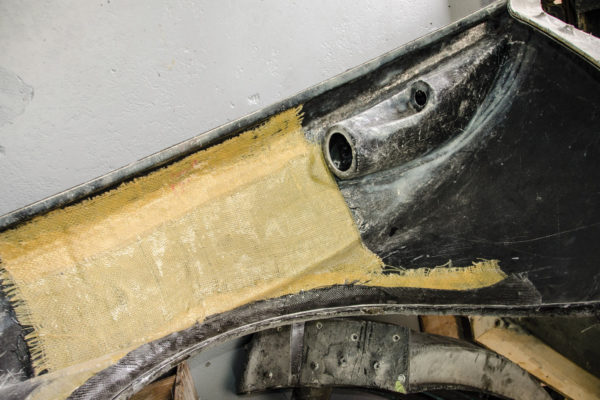
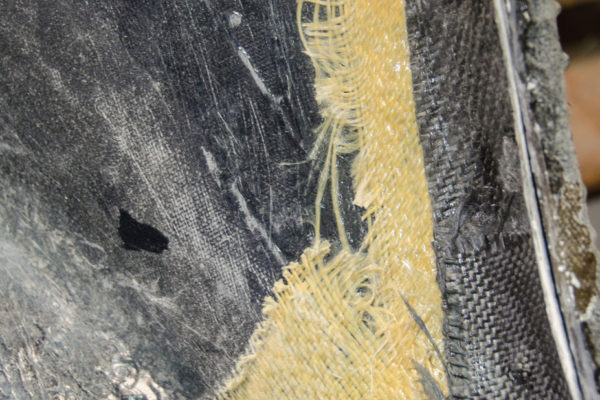
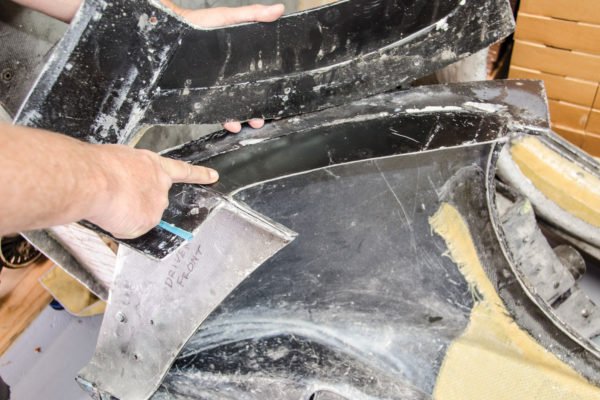
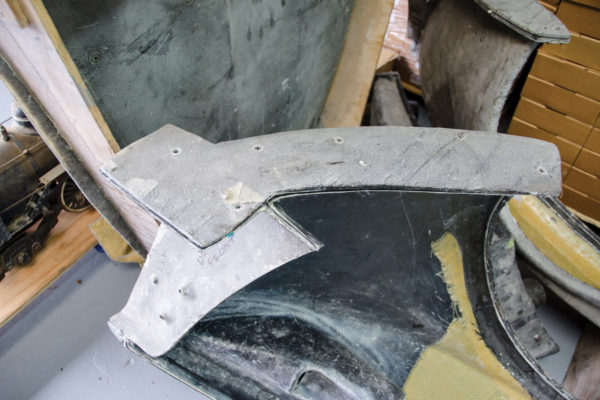
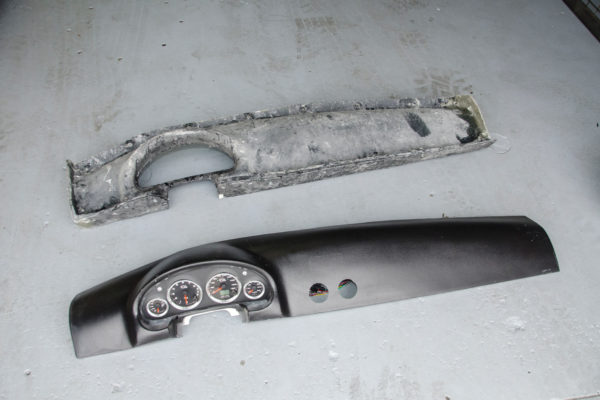
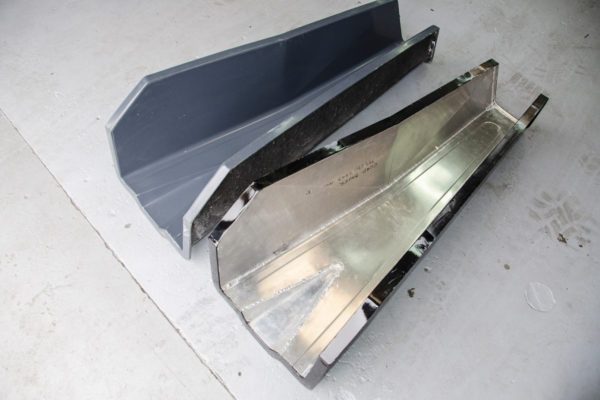
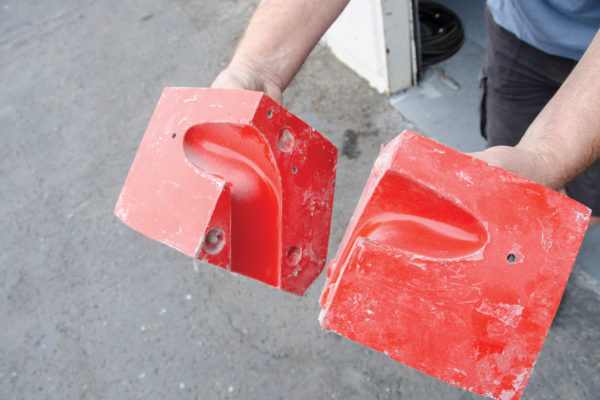
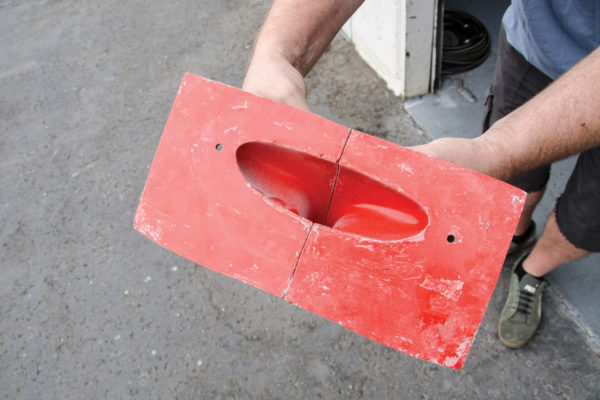
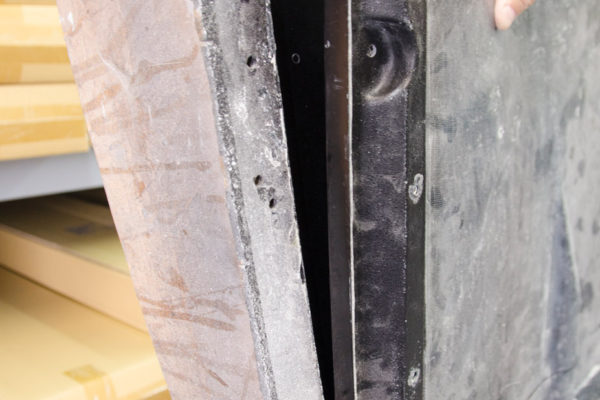
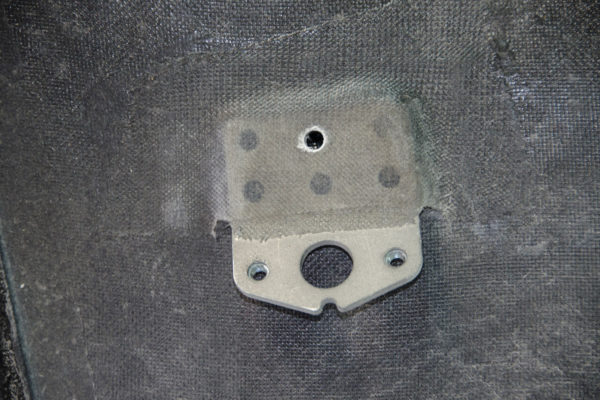
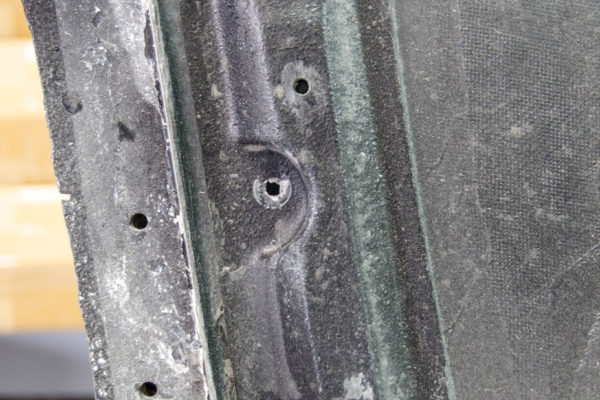
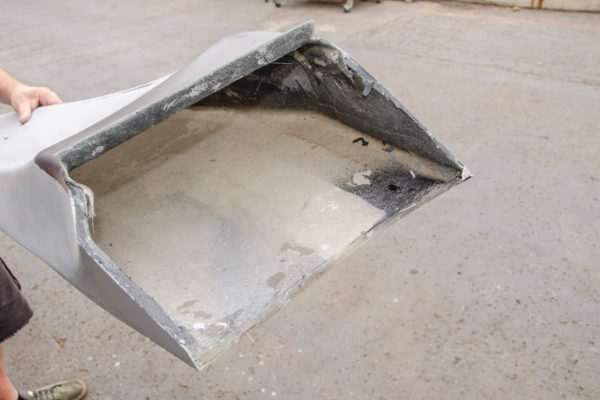
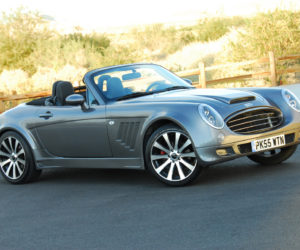
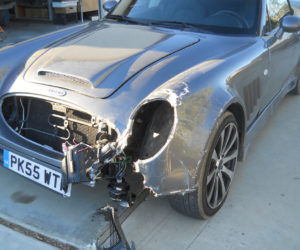
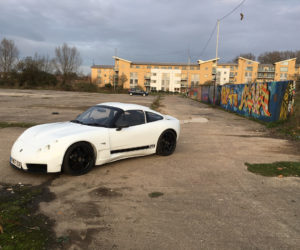
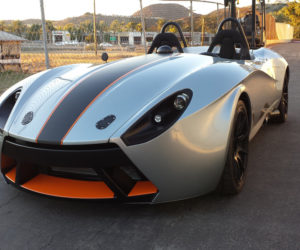
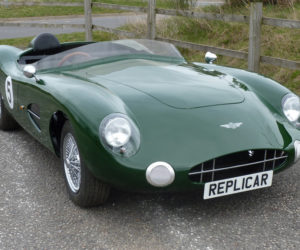
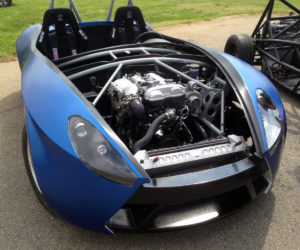




Comments for: Catfish Composites
comments powered by Disqus